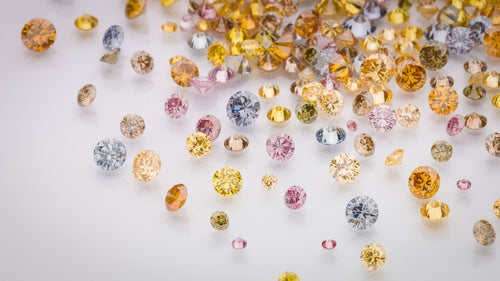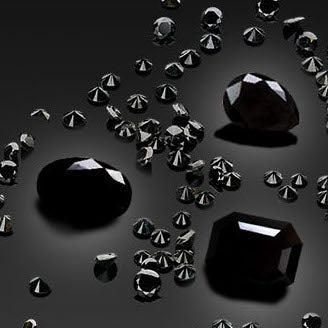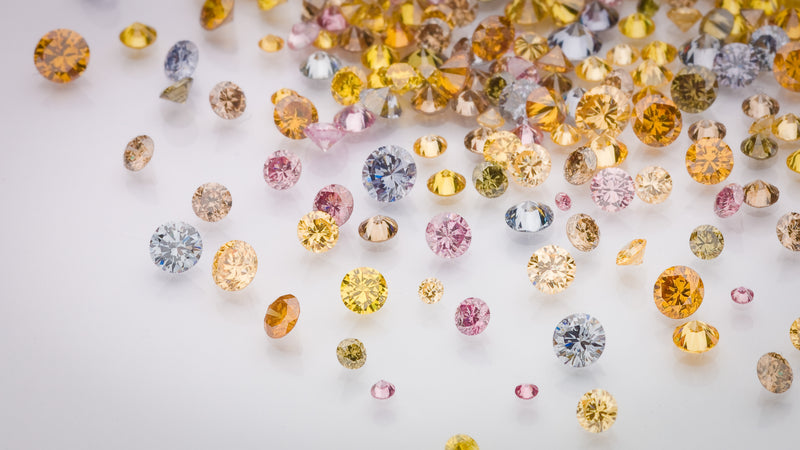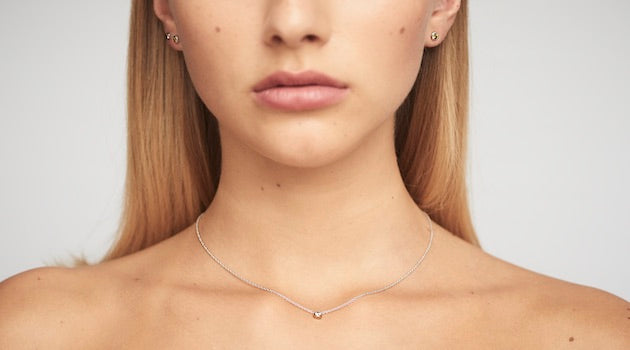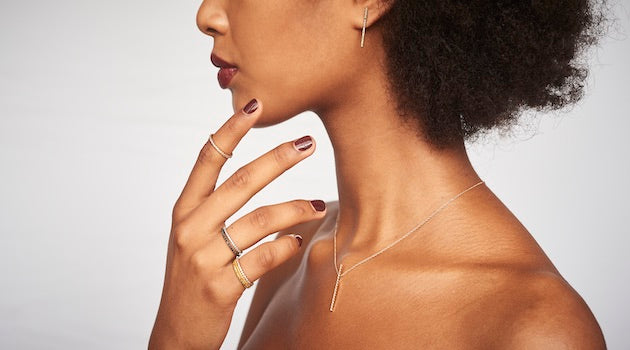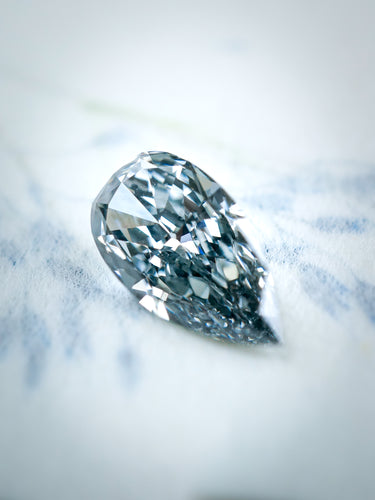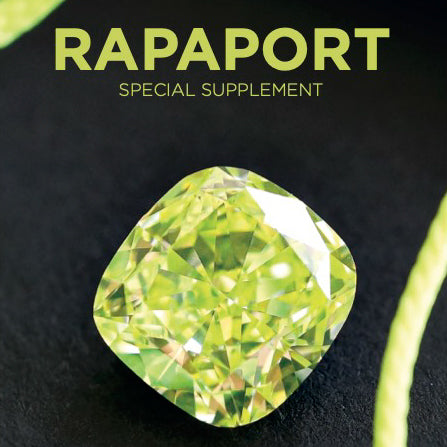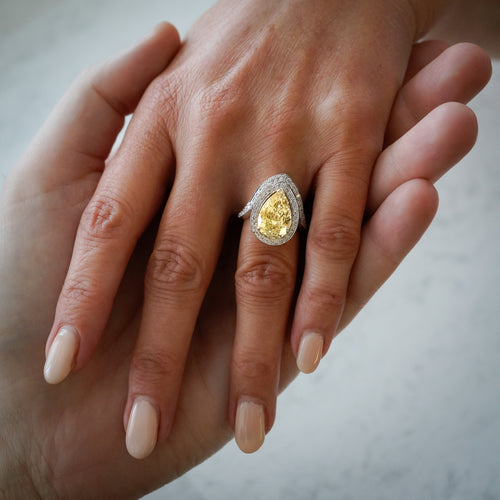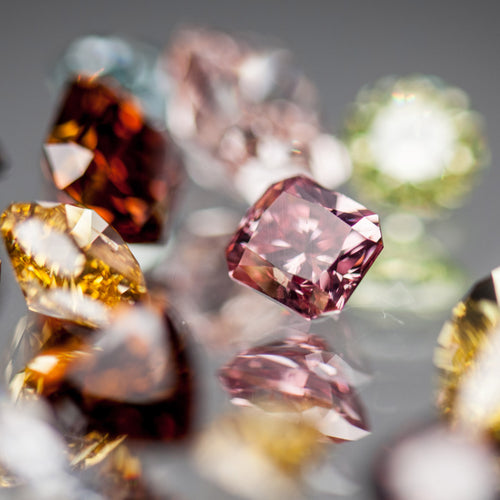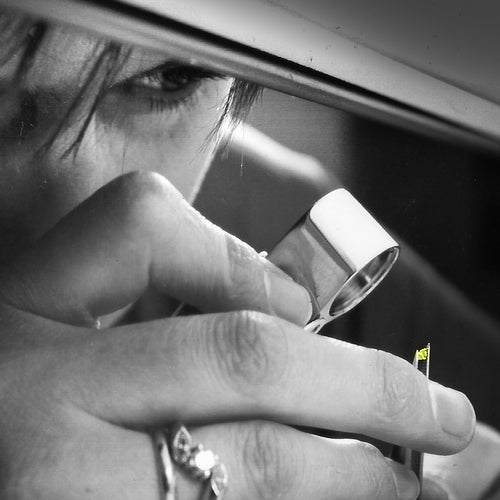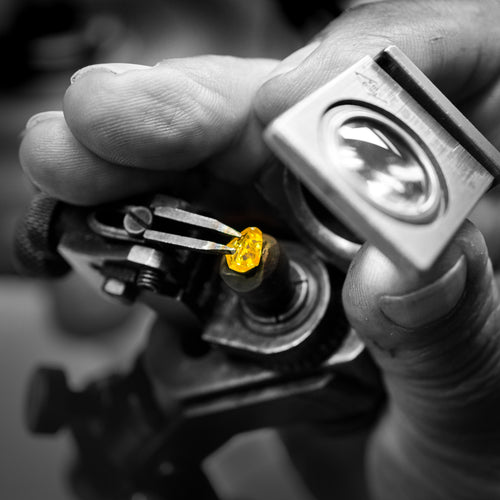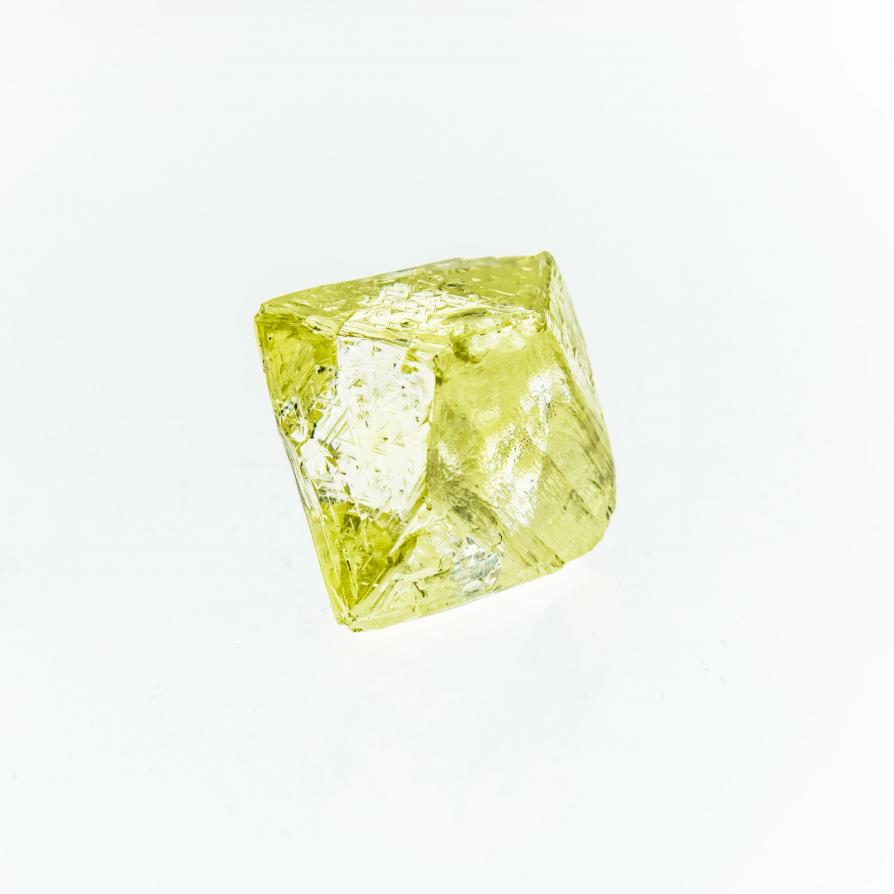

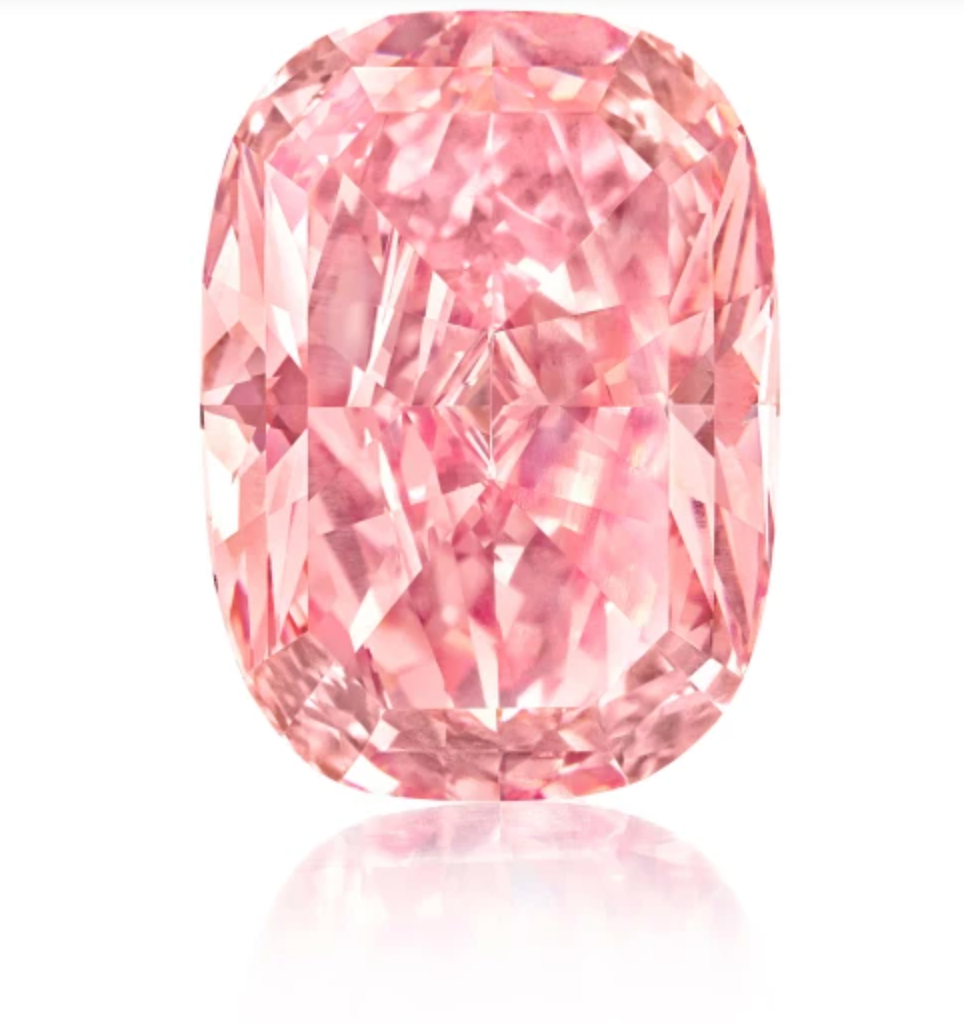
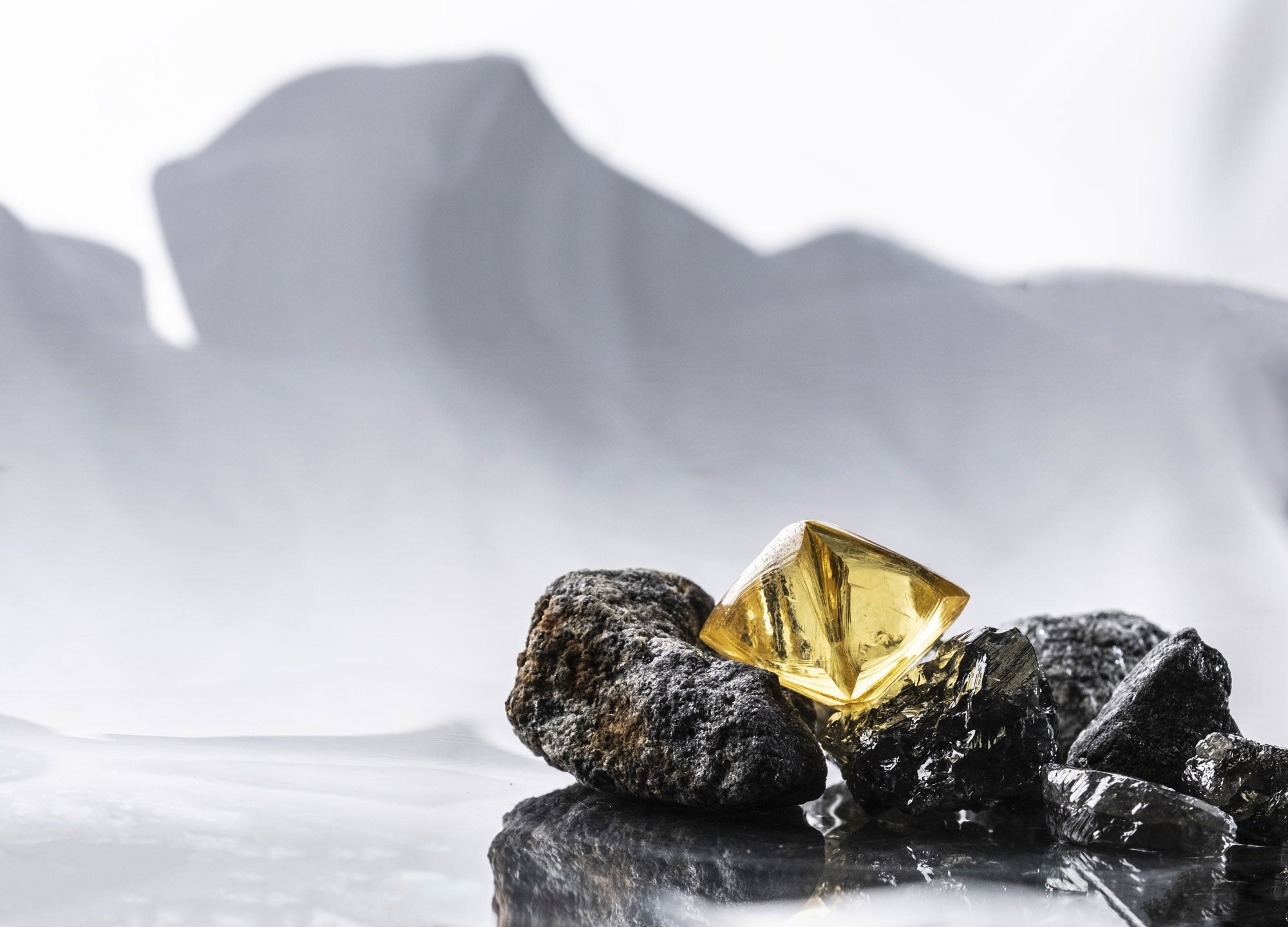
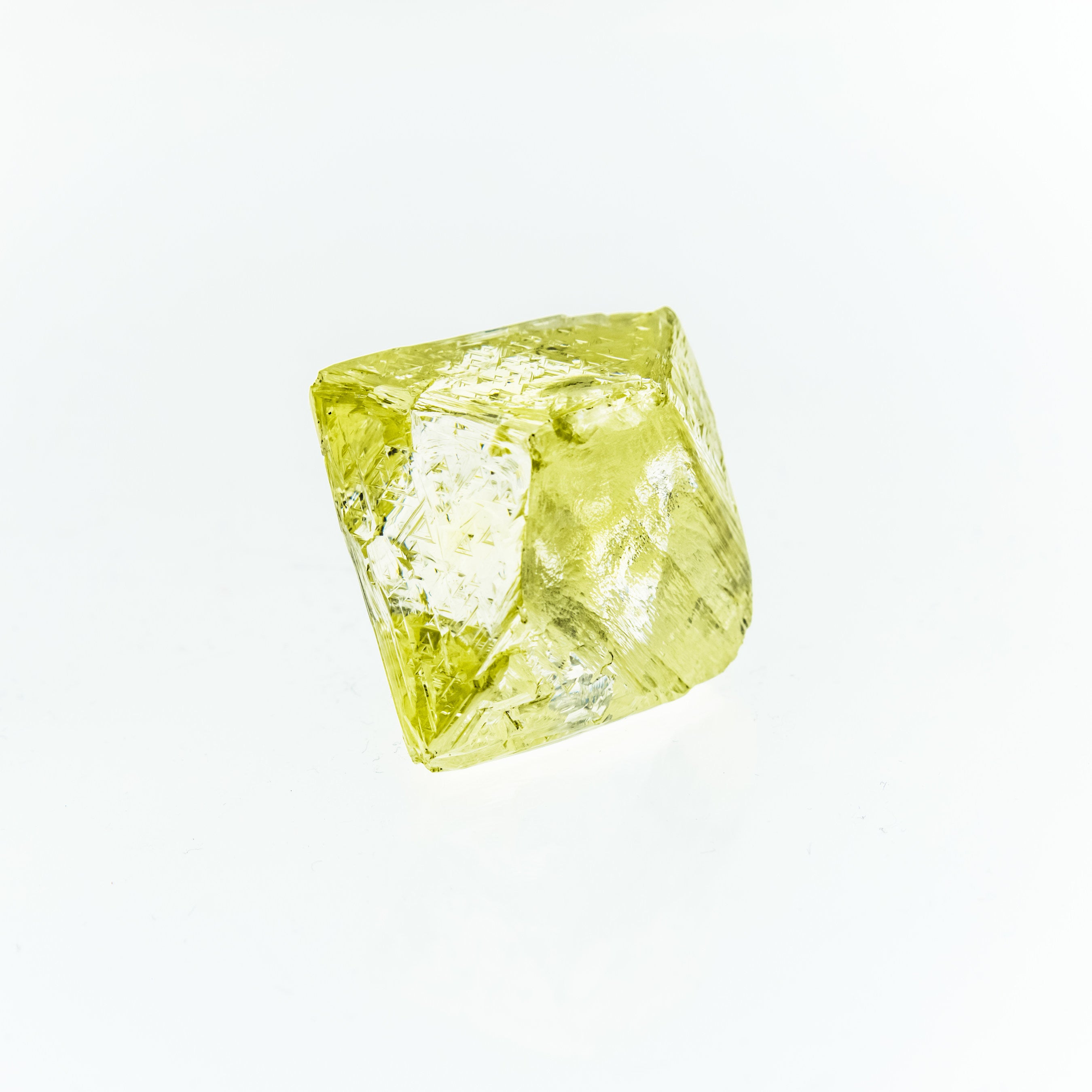
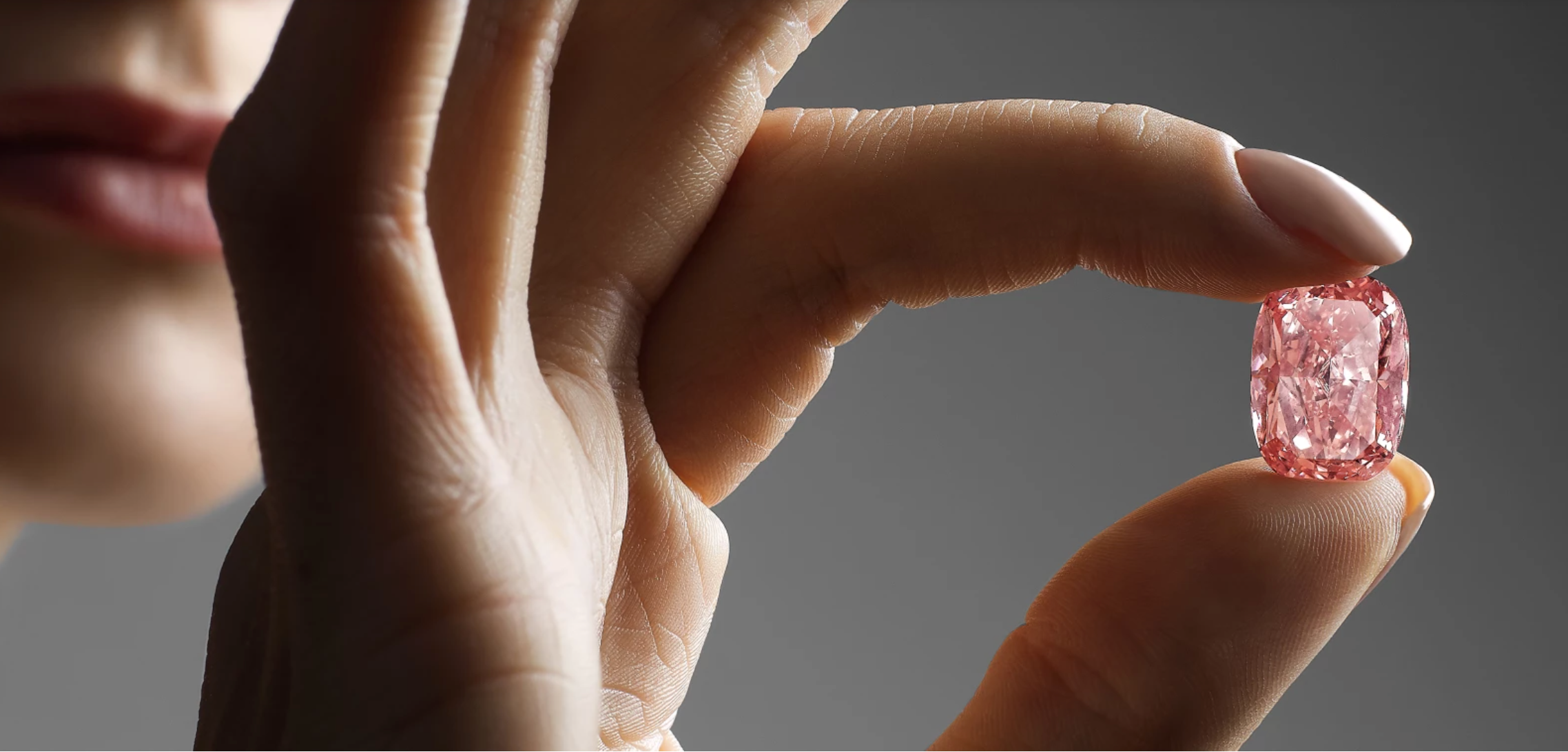
Earth Recycles Seabed into Diamonds
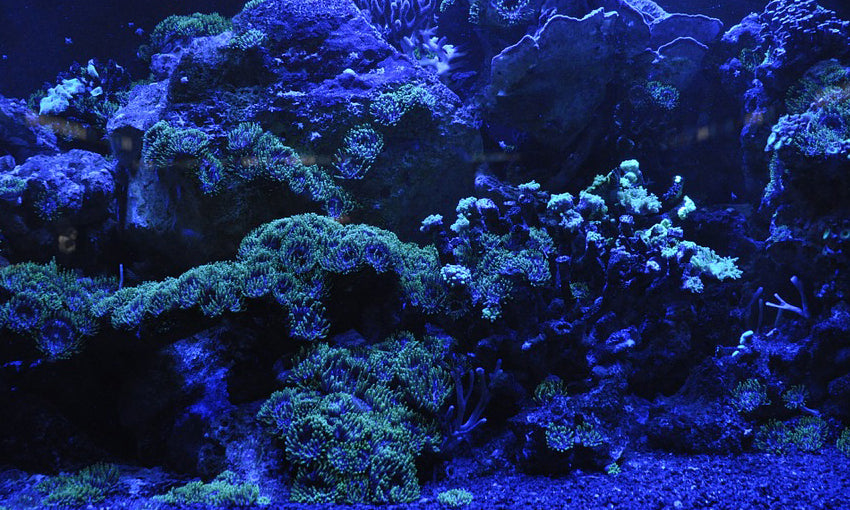
[Science Advances] Gem quality diamonds are made from carbon but often include small traces of other minerals that reveal information about the environment where they were formed.
Traces of salt trapped in many diamonds show the stones are formed from ancient seabeds that became buried deep beneath the Earth’s crust, according to new research led by Macquarie University geoscientists.
This new study published in Science Advances, settles a long-standing question about the formation of diamonds. “There was a theory that the salts trapped inside diamonds came from marine seawater, but couldn’t be tested. Our research showed that they came from marine sediment” says lead author Michael.
The geoscientists demonstrated that the processes that lead to diamond growth are driven by the recycling of oceanic sediments in subduction zones —regions of the Earth’s crust where tectonic plates meet and where the more massive plate, normally a continental will force the other plate, an oceanic plate down beneath it.
Read all details in the article published by Science Advances.
